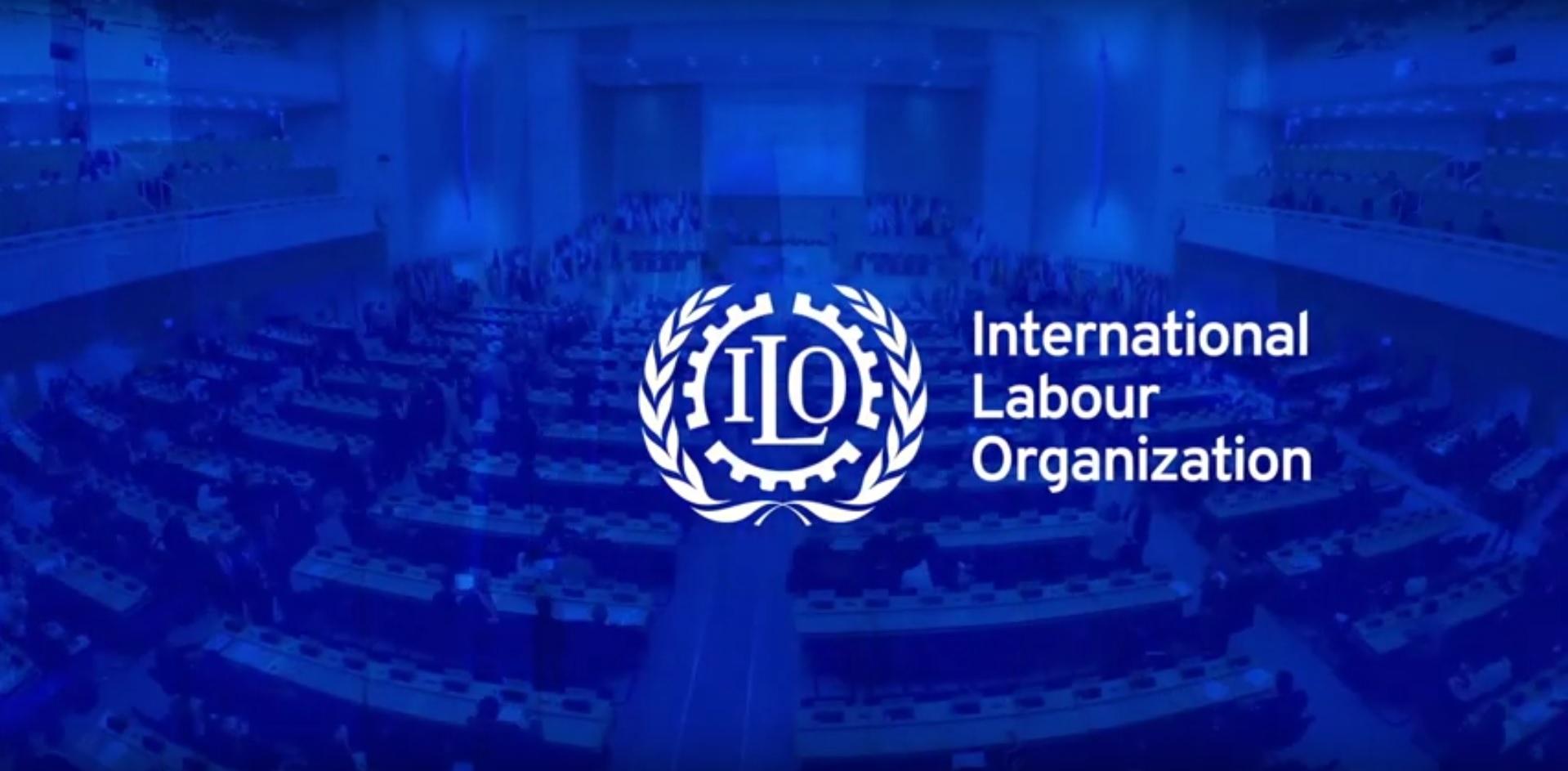Philippines sees highest working-hour losses in ASEAN in 2020 –ILO report

The Philippines saw the highest working-hour losses in Southeast Asia in 2020 amid the COVID-19 pandemic, according to a report by the International Labor Organization (ILO).
In its report “COVID-19 and the ASEAN labor market impact and policy response” released Friday, the ILO said the Philippines saw the largest working-hour losses, reaching a decline of 13.6% in 2020.
In contrast, the ILO said working hours in countries such as Brunei Darussalam, Lao People’s Democratic Republic, and Thailand saw hours worked drop by 4.3% to 4.5%.
The ILO said the differences in working-hour losses were driven by several factors, including the ability to control the pandemic, as well as the stringency and duration of lockdown measures implemented to curb the spread of the pandemic.
The Philippines was among the countries which had the longest and strictest quarantine measures to curb the spread of COVID-19 which began late in the first quarter of 2020.
“Some countries have been more affected compared to others due to their participation in global supply chains. Also, countries’ capacity to provide fiscal stimulus to their economies and to keep workers in employment have differed vastly,” the ILO said.
In the entire ASEAN region, there were 10.6 million fewer workers in employment in the region than what would have been expected in the absence of the pandemic.
The region recorded working-hour losses of 8.4% in 2020, equivalent to the working time of about 24 million full-time workers, while labor income fell by 7.8%, according to the ILO.
ASEAN or the Association of Southeast Asian Nations is an economic union of 10 member states in the region, comprising Brunei Darussalam, Cambodia, Indonesia, Lao People’s Democratic Republic, Malaysia, Myanmar, Philippines, Singapore, Thailand, and Viet Nam.
“The crisis has laid bare the vulnerabilities of the economies and labor markets in the region. With the situation likely to persist for some time, the urgency grows for ASEAN countries to accelerate the policies and programs that will boost the resilience of enterprises, workers, and households and set stronger foundations for decent work for all," said Chihoko Asada-Miyakawa, ILO’s assistant director-general and regional director for Asia and the Pacific.
The ILO said working hours in the ASEAN region are projected to only partially recover in 2021 and fully recover by 2022, “taking into consideration mobility restrictions, progress on vaccinations, and the pace of economic recovery.”
In 2021, ASEAN is expected to see losses in working hours of 7.4% in the baseline scenario and 7% and 7.9% in the optimistic and pessimistic scenarios, respectively, compared to pre-pandemic levels, according to the ILO.
The region recorded working-hour losses of 6.1% in the first quarter of 2021 and 6.2% in the second quarter.
In the second half of 2021, labor market conditions are expected to deteriorate further due to the ongoing wave of the COVID-19 pandemic, the ILO said. — DVM, GMA News



